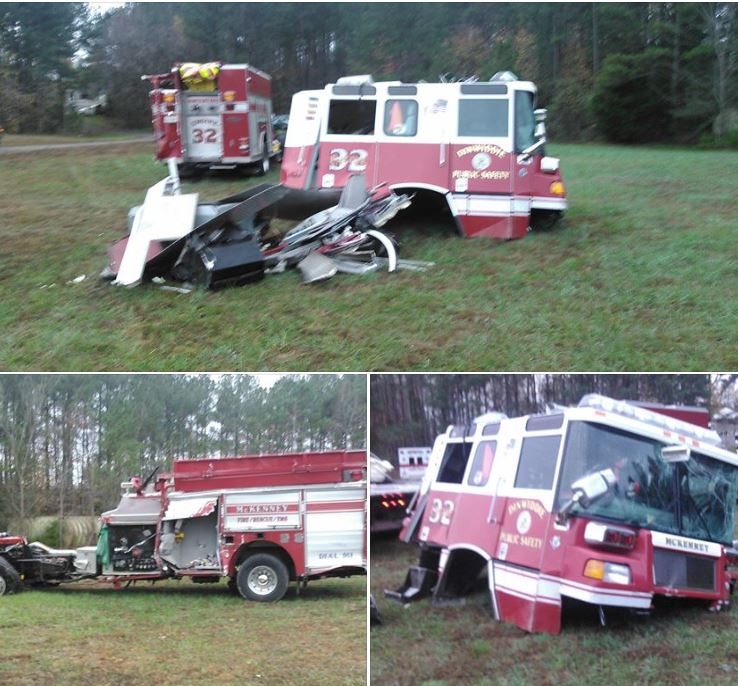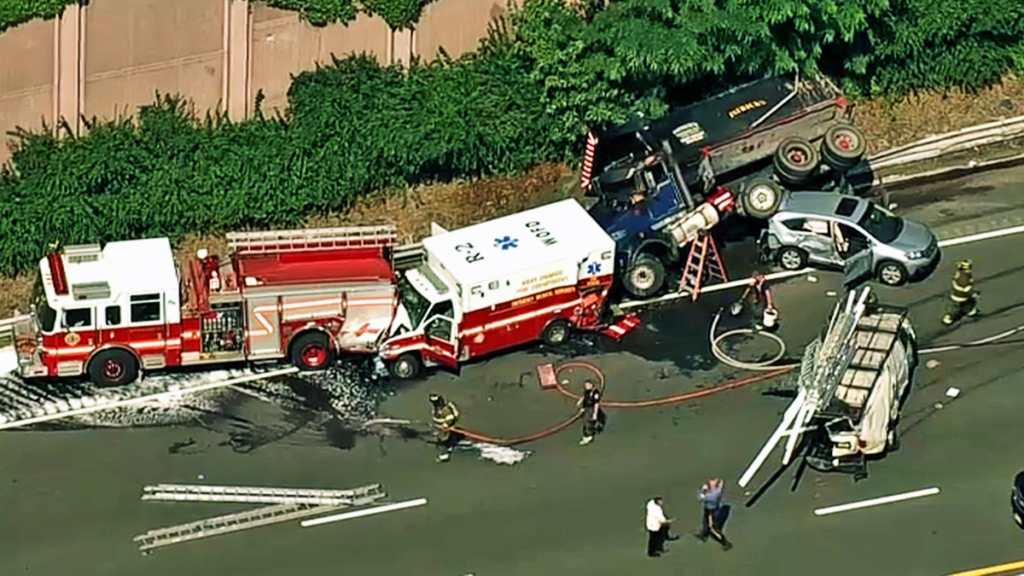By: Robert Avsec, Executive Fire Officer
Safety Stand Down Week 2020, sponsored by the International Association of Fire Chiefs, the International Association of Fire Fighters, and the National Volunteer Fire Council begins today, June 14th and runs through June 20th.

This year’s theme calls attention to the hazards that firefighters face while conducting their duties on highways and roadways. Operating in roadways continues to be some of the most treacherous incident scenes we respond to. This important initiative encourages everyone to refresh their techniques and learn new skills based on research and nationally recognized best practices.
I wrote several pieces for FireRescue1.com in 2015 on this topic of roadway safety that, unfortunately, are still relevant in 2020. I encourage you and your firefighters to review these articles—and others like them—in preparation for this week’s Safety Stand Down.
Q&A: Building a ‘superhighway to safety’ for firefighters operating on roadways
Before COVID-19 and social unrest, 2020 was already off to a difficult start, with multiple first responders killed in roadway crashes. Although the theme for the 2020 Firefighter Safety Stand Down, Building a Superhighway to Safety: Protecting Our Responders on Roadways, was selected long before these tragic events, the focus on roadway safety was suddenly on many firefighters’ minds.
My FireRescue1.com editor, Janelle Foskett, sat down (virtually, like everything these days!) with Chief Nathan Trauernicht, chair of this year’s Safety Stand Down, to chat about how firefighters can participate in the 2020 Safety Stand Down
Keys to firefighter roadside safety
Roadsides are among the most dangerous environments firefighters and medics enter; here are ways to keep your crew safe on scene. Keeping our personnel safe while operating on active highways and roadways is an extremely broad subject and many very good training programs have been and continue to be developed. Consider this as a sort of “company officer’s pocket guide” to use for training the crew in a variety of ways, be it a daily or weekly safety briefing (such as traffic safety Tuesday).
Fire Officers: How to keep your crew safe at crash scenes
Roadways are high-risk environments for firefighters; the company officer’s actions can be a deciding factor in firefighter safety. Your role in preventing secondary incidents begins long before you and your crew ever responds to the initial incident.

Train your people to use these conditions — reduced vision and driving conditions from heavy rain, ice, snow, fog, curves and summits — as triggers that ensure everyone has a heightened sense of awareness while in route to the call and after arrival at the scene.
How company fire officers influence safety culture
Most of the firefighting risks we face should be extinct; they’ve survived off inconsistent and conflicting messages about safe behavior. Nobody in a fire and EMS organization has more influence on its daily operations than does the first-line supervisor – the company officer.
So, it only stands to reason that the company officer is the one position in the organization that has the most influence over the department’s safety culture. As the saying goes, “It’s a tough job, but somebody’s got to do it.”
And finally, here’s a piece from my fire service colleague and fellow contributor to FireRescue1.com, Scott Eskwitt, written in time for this year’s Safety Stand Down.
5 keys to creating a fire department roadway safety program
The program should address sound policy, equipment preparation, scene size-up, program implementation and post-incident reviews. At the department level, roadway safety practices reveal dramatic differences that directly impact firefighter safety. Taking roadway safety and traffic incident management course subject matter as universally accepted, I offer the idea of taking that subject matter and framing a department program along the following lines:
- Policy, procedure, and training
- Equipment preparation
- Roadway safety scene size-up
- Implementation
- Post-incident review
 Fire & EMS Leader Pro The job of old firefighters is to teach young firefighters how to become old firefighters!
Fire & EMS Leader Pro The job of old firefighters is to teach young firefighters how to become old firefighters!